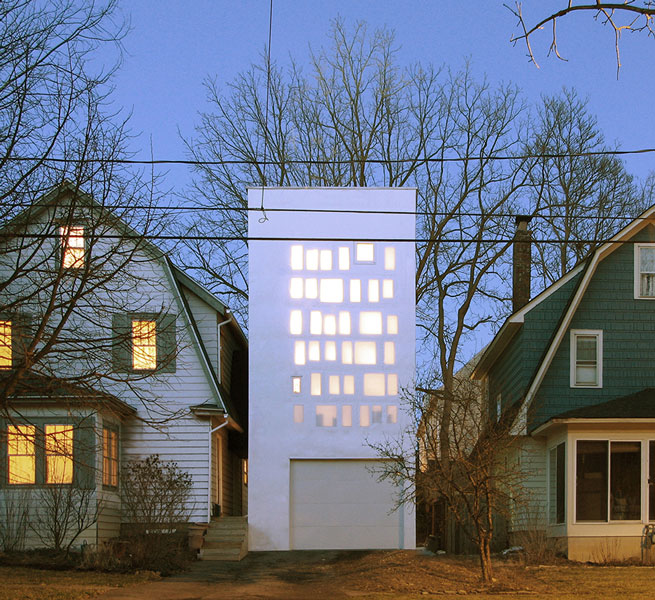
The Architectural League of New York’s Emerging Voices competition identifies leading talents in architecture and design in the U.S., Canada, and Mexico. Meet the eight 2016 winners that were selected for their “distinct design voices and significant bodies of realized work." Each firm will deliver a lecture this month in Manhattan. The first lecture takes place tomorrow, Tuesday, March 22 at 7:00 p.m. when Jon Lott / PARA Project, Collective-LOK and Heather Roberge / Murmur present their work.
Jon Lott / PARA Project, Collective-LOK
New York City
Founded in 2007 by Jon Lott, PARA Project started as a means for Lott to explore ways of framing his practice after receiving a master of architecture from Harvard in 2005. Rather than beginning with commission-based work, PARA emerged as an exercise in finding a niche within the discipline. “Calling it PARA Project was a way to emphasize that the work is about the project, before the project—it’s for the project at hand, whatever it might be,” said Lott.
Speculation has been a guiding principle of Lott’s work. His first endeavor with PARA, a submission for the architecture journal 306090 titled “Lifting Mies,” was a critique on the ways in which architects today are manipulating tools of digital fabrication. Lott found the Post-Fordist mentality as disserving the discipline, causing the professional practice to become too specialized, ignoring other aspects of what architecture needs. “As a tool, it’s nice, but it’s a question of why we’re doing this just because we can,” said Lott. “We should find some other criteria to enter into the mix.”
Collaborative models of practice serve as an important outlet for Lott to maintain the theoretical component integral to his work. Collective-LOK, a collaboration he cofounded in 2013, provides an additional mode of architectural exploration, complementing his work with PARA. Collective-LOK’s latest project, Heart of Hearts, the winning submission of a public art competition curated by the Center for Architecture, is currently on view in Times Square. The installation acts as a reflective alternative pavilion, dissolving boundaries between viewing and performing.
Since forming PARA, Lott has taken on a variety of projects ranging from residential and educational work to gallery spaces and master planning. One of PARA’s recent built works, Haffenden House, is a writing studio located in a suburb of Syracuse, New York. The house makes use of a translucent silicon impregnated fabric skin for a light-filled writing room and references Gianni Pettena’s 1972 Ice House as a void-like presence breaking up the repetitive image of the suburban house typology.
While PARA’s projects are guided by the specific needs and curiosities of a diverse clientele, the practice also strives to raise important disciplinary queries, taking interest in the advantage of the profession’s generalist position. “The work is a way to ask questions about what we’re doing rather than just purely serving a solution,” said Lott. “I think that the speculative quality is really key to the firm.”